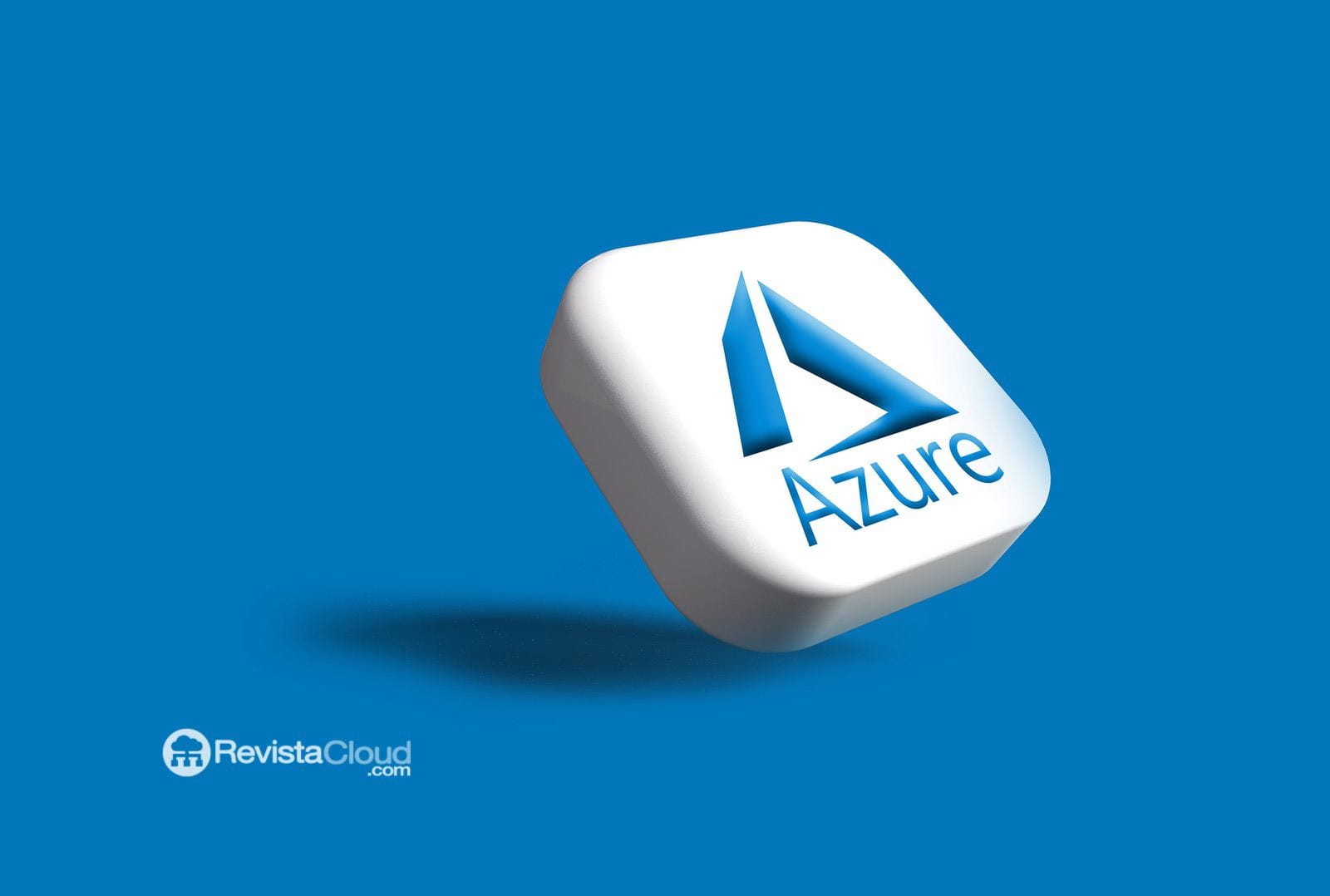The ransomware and extortion have become a low-cost, high-profit business for cybercriminals, severely impacting organizations, economic security, and public health. What started as simple attacks on individual devices has evolved into complex techniques targeting corporate networks and cloud platforms.
To ensure that Azure customers are protected against ransomware attacks, Microsoft has invested significantly in the security of its cloud platforms, providing essential controls to protect workloads in Azure. With these measures, organizations can prevent, detect, and quickly respond to ransomware attacks.
Ransomware attacks are one of the biggest security challenges today. They can disable enterprise IT infrastructures, causing destruction that affects both economic and physical security of businesses. Ransomware doesn’t discriminate and can target businesses of any size or sector, forcing them to take rigorous preventive measures.
Recent increases in the number of attacks are alarming. In 2021, the Colonial Pipeline attack temporarily paralyzed fuel supply on the US East Coast, highlighting the devastating impact of these attacks.
Ransomware is malware that restricts access to a system or specific files, extorting the victim to pay a ransom in exchange for releasing them. It exploits vulnerabilities in IT infrastructures to infect and lock systems, displaying an alert demanding ransom payment.
Ransomware attackers employ various tactics to infiltrate cloud infrastructure. They use techniques such as exposure, access, lateral movement, and malicious actions. This model, known as the “cloud kill chain,” details how attackers access resources in the public cloud:
1. Exposure: Look for vulnerabilities in internet-exposed applications.
2. Access: Gain access to infrastructure through compromised credentials or misconfigured resources.
3. Lateral Movement: Explore accessible resources and seek additional credentials.
4. Malicious Actions: Leak data, cause data loss, or launch other attacks.
Microsoft Azure offers a range of security tools and controls designed to protect against ransomware:
– Secure Infrastructure: Designed for security throughout the information lifecycle.
– Built-in Features: Monitoring, threat detection, data loss prevention, and access controls.
– High Availability: Regional clusters and global load balancers.
– Scalable Backup: Automated services for data management and recovery.
– Automation: Use of infrastructure as code and configuration guardrails to prevent vulnerabilities.
Authorities like the FBI discourage paying the ransom, as it does not guarantee data recovery and motivates cybercriminals to continue their attacks. However, some companies choose to pay in hopes of quickly restoring their operations, risking not actually recovering their systems.
Ransomware attacks have a significant financial impact. Colonial Pipeline paid $4.4 million in ransom, not including additional losses from downtime and productivity. Globally, the cost associated with ransomware recovery is estimated to exceed $20 billion in 2021.
Azure provides a robust set of security tools and controls to protect businesses against ransomware attacks. By implementing these preventive measures, organizations can enhance their resilience, protect their data, and ensure operational continuity in the face of growing cyber threats.

